
Mid-spring flowers are at their peak in the woods, but some of the earlier spring flowers are still blooming.








Mid-spring flowers are at their peak in the woods, but some of the earlier spring flowers are still blooming.







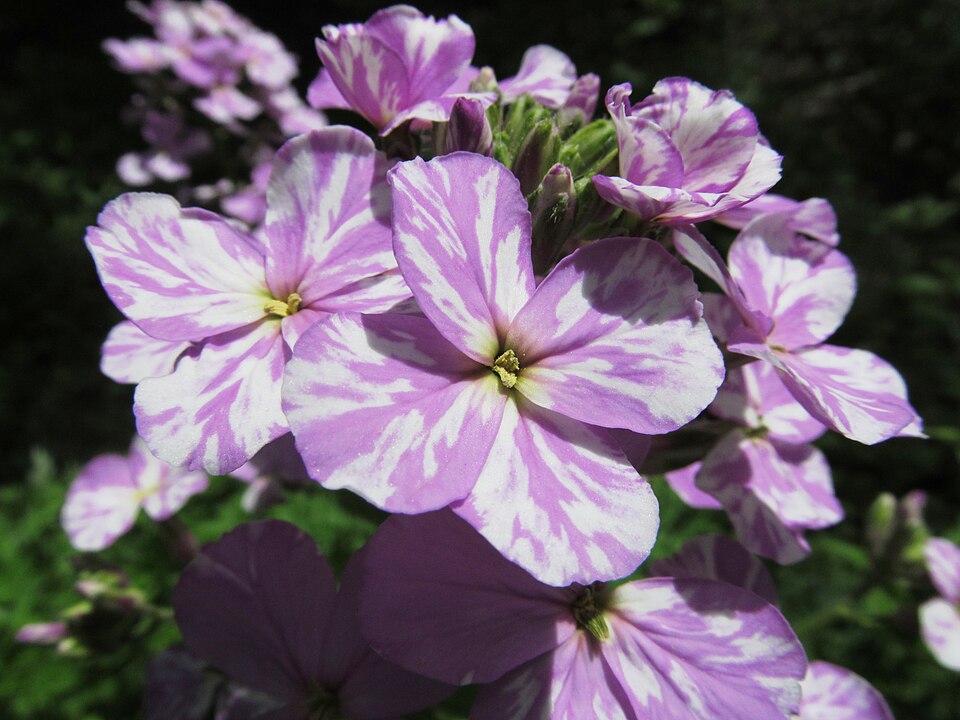
Variegated flowers like these are not rare in Dame’s Rocket. These plants were blooming in the Kane Woods Nature Area in Scott Township.

For a description of the species, see the Hesperis matronalis reference page.
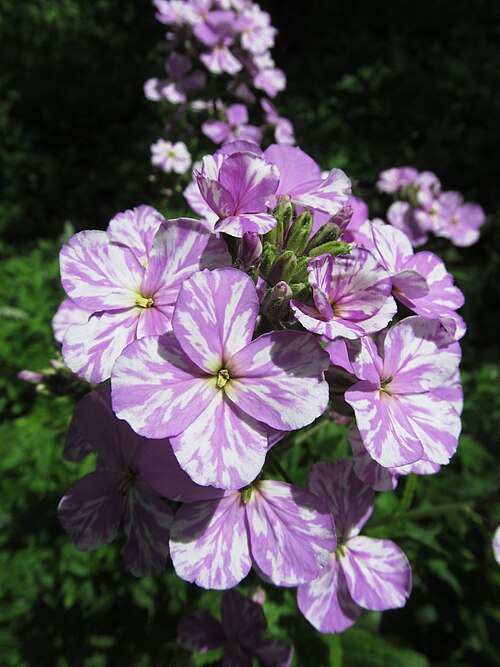
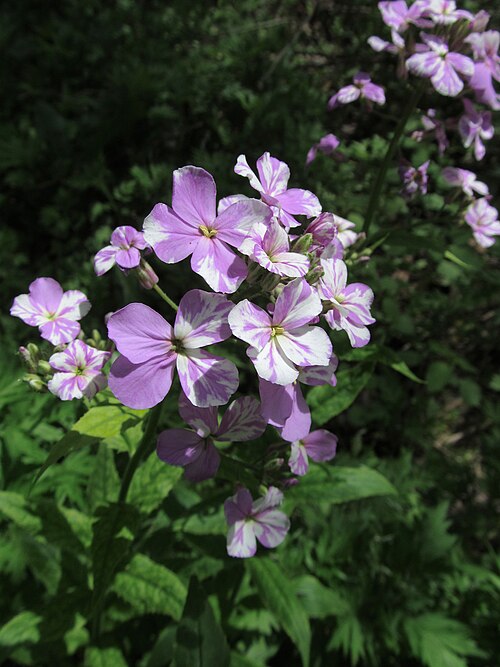

The picture above looks weirdly over-sharpened, but it is the effect of sunlight through petals that are turned up at the edges. Dame’s Rocket is lighting up roadsides and fields right now; these plants in shades from white through pink to purple were all blooming in Beechview.
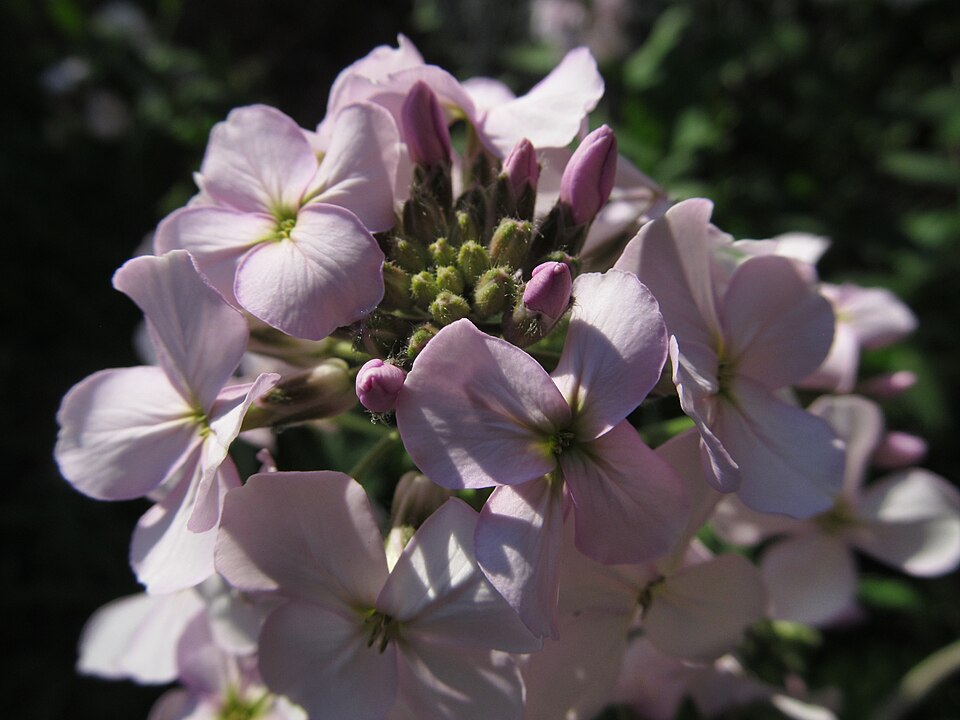
For a description of the species, see the Hesperis matronalis reference page.

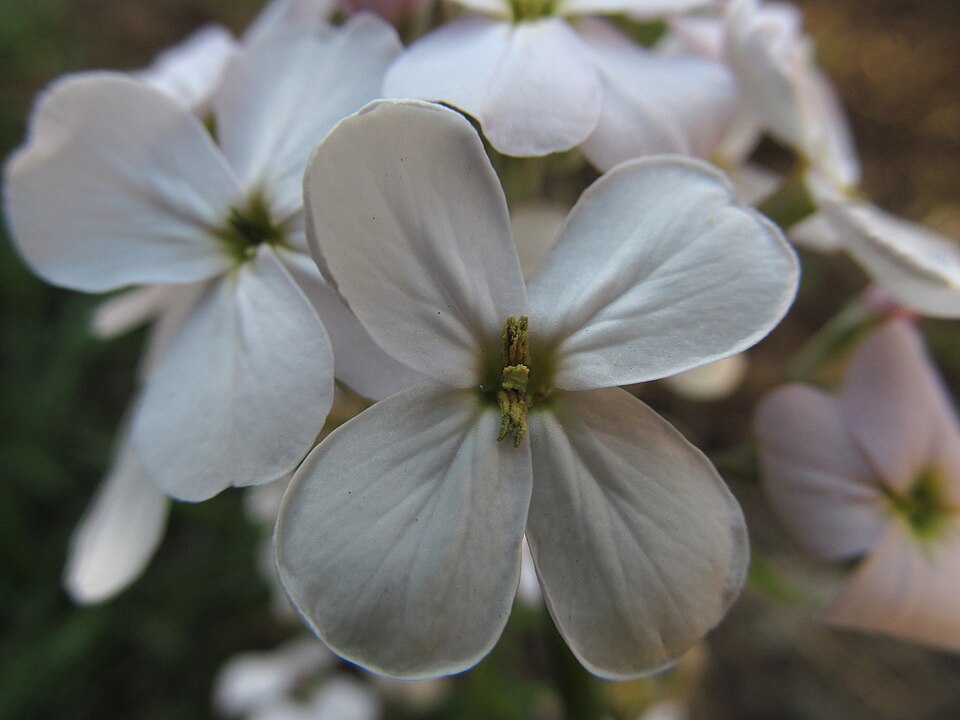

Dame’s Rocket is one of those garden flowers that have made themselves at home here, and it is hard to object to it very much. The beautiful flowers come in all shades from purple to white, and splashy bicolors are frequent. The genus name Hesperis refers to the evening scent: all day these flowers smell like nothing, but when evening comes they put out a strong and delightful perfume. Some of these flowers were blooming in Bird Park, Mount Lebanon; others along the Seldom Seen Greenway.

Gray describes the genus and the species:
HESPERIS [Tourn.] L. ROCKET. Pod linear, nearly cylindrical; stigma lobed, erect. Seeds in 1 row in each cell, oblong, marginless. Cotyledons incumbent. Biennial or perennial, with serrate sessile or petiolate leaves, and large purple flowers. (Name from hespera, evening, from the evening fragrance of the flowers.)
H. matronalis L. (DAME’S VIOLET.) Tall: leaves lanceolate, acuminate; pods 5-10 cm. long, spreading. Sometimes cultivated, and spreading to roadsides, etc. (Introd. from Eu.)



